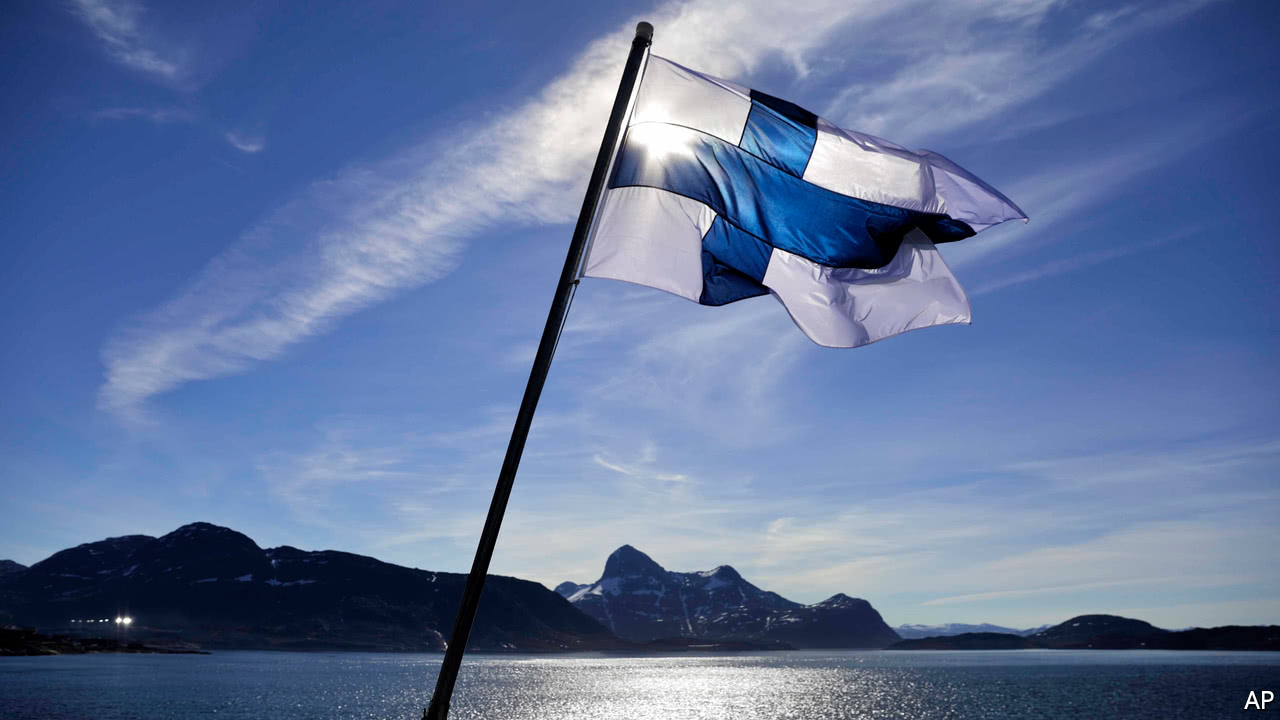
IN THE 1860s Finland suffered a famine that killed about 9% of its population. It has come a long way since. Earlier this month Finland was named the happiest country in the world by the UN’s Sustainable Development Solutions Network. Three of its Nordic cousins, Norway, Denmark and Iceland, took the next consecutive places.
In recent years Finland has been named the most stable, the freest and the safest by various organisations. These may be understandable; but in a country where temperatures regularly hover around -20°C and some parts hardly get any sunlight for a big chunk of the year, what do the locals have to be so happy about?
The World Happiness Report, as the survey was called, used global polling data from Gallup to measure how pleased people felt with their lives. The researchers used variables such as GDP per person, social support, healthy-life expectancy, freedom to make life choices, generosity, and freedom from corruption. The differences between top-ranking countries are tiny, and the top five have not changed for years. This year’s report measured immigrant happiness for the first time, and Finland topped this category as well. This suggests that happy societies are those with supportive social systems and institutions that make it harder for people to fall through the cracks. They are also more willing to accept and integrate immigrants. Unsurprisingly, the poorest and most violent countries were the most miserable.
The secret to Finland’s happiness might just be that free education, generous parental leave and a healthy work-life balance ensure that people have the time and the means to pursue their pleasures, no matter how mundane. Over 80% of Finns trust the country’s police, education and health-care systems. And because of progressive taxation and wealth redistribution, the lifestyles of the rich and the poor are not dramatically divergent. Finland is widely considered one of the best places in the world to be a mother and to be a working woman. Though suicide rates are distressingly high, Finland has reduced these by 30% since 2000. The happiness of immigrants stems from a strong support network and integration policies, but also from the fact that immigrants in Finland tend to come from places that are culturally close, like neighbouring Estonia and Russia.
The rankings contain some surprises. The happiest countries are not necessarily the richest. Though the USA has doubled its income per person in the past 40 years, this seems not to have increased the subjective well-being of its people. It has slipped to 18th place, five rungs down from 2016. Britain comes in 19th.
What is more, people of different ages, cultures and social classes define joy in different ways. People in Latin America reported they were significantly happier than their country’s wealth, corruption or high levels of violence would suggest, since their happiness is connected to strong family bonds.
From The Economist (edited)
